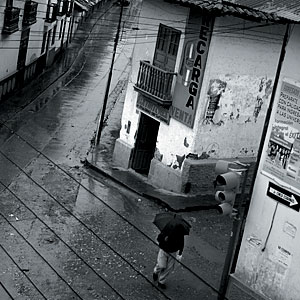
Crime and violence can happen anywhere, they pervade both developed and developing nations. But evidence shows that crime and violence are “typically more severe in urban areas and are confounded by their rapid growth.” Robberies, murders, homicides, physical abuses, and terrorist attacks, among others, are common manifestations of crime and violence in urban areas. Addressing crime and violence needs appropriate local, national, and international interventions. At the local level, reducing crimes and violence requires effective urban planning, design, and governance.
According to the 2007 Global Report on Human Settlements by the United Nations Human Settlements Program, there are three major threats confronting major cities of the world:
1) Crime and violence
2) Insecurity of tenure and force eviction; and
3) Natural and man-made disasters.
The Philippines has a total of 138 cities, 33 of which are classified as “highly urbanized.” Out of 1,495 municipalities in the Philippines, 23 are considered “urban municipalities” which are classified as first class. Are these urban areas safe and secure?
Encompassing a wide range of concerns and issues, safety and security in cities are dependent on a wide range of factors, “from basic needs, such as food, health and shelter, through protection from crime and the impacts of technological and natural hazards, to collective security needs, such as protection from urban terrorism.” However, the UN Report laments that “only a few of these concerns and issues have been, and can be, addressed from a human settlements perspective.” It underscores that urban safety and security can be effectively addressed “mainly through appropriate urban policies, planning, design, and governance.” Thus, sound urban planning is needed to uphold effective governance in these areas.
Apart from crime and violence, security of tenure and forced evictions have also become very serious concerns. These are manifested through rising problems of informal settlements and proliferation of slums. People are forced out of their homes because of public infrastructure developments, urban beautification projects and, worse, even holding of international events. In more severe cases, armed conflicts, civil strife and even natural and man-made disasters are also major factors threatening residents. According to UN report, “the most important component of improving the security of tenure in informal settlements and slums is that governments at all levels should accept the residents of such settlements as equal citizens, with the same rights and responsibilities as other urban dwellers.”
In more developed urban areas such as megacities, they face more risks from natural and man-made disasters. As a solution, “land-use planning is a particularly effective instrument that city authorities can employ to reduce disaster risk by regulating the expansion of human settlements and infrastructure.”
The three major threats to urban safety and security are gargantuan challenges facing cities and urban municipalities today. It is argued that “safer and more secure cities can only be realized through comprehensive initiatives that, at the same time, incorporate aspects of institutional and policy development, and international and national law, as well as the potential contributions of all relevant stakeholders, including civil society actors.”
So, do major cities and urban municipalities in the Philippines have urban safety and security plan? While we may be far from turning into the gun-slinging west and living a chaotic nightmare, it is far better to have a solid plan of your own while you wait for “comprehensive initiatives” from the government.






